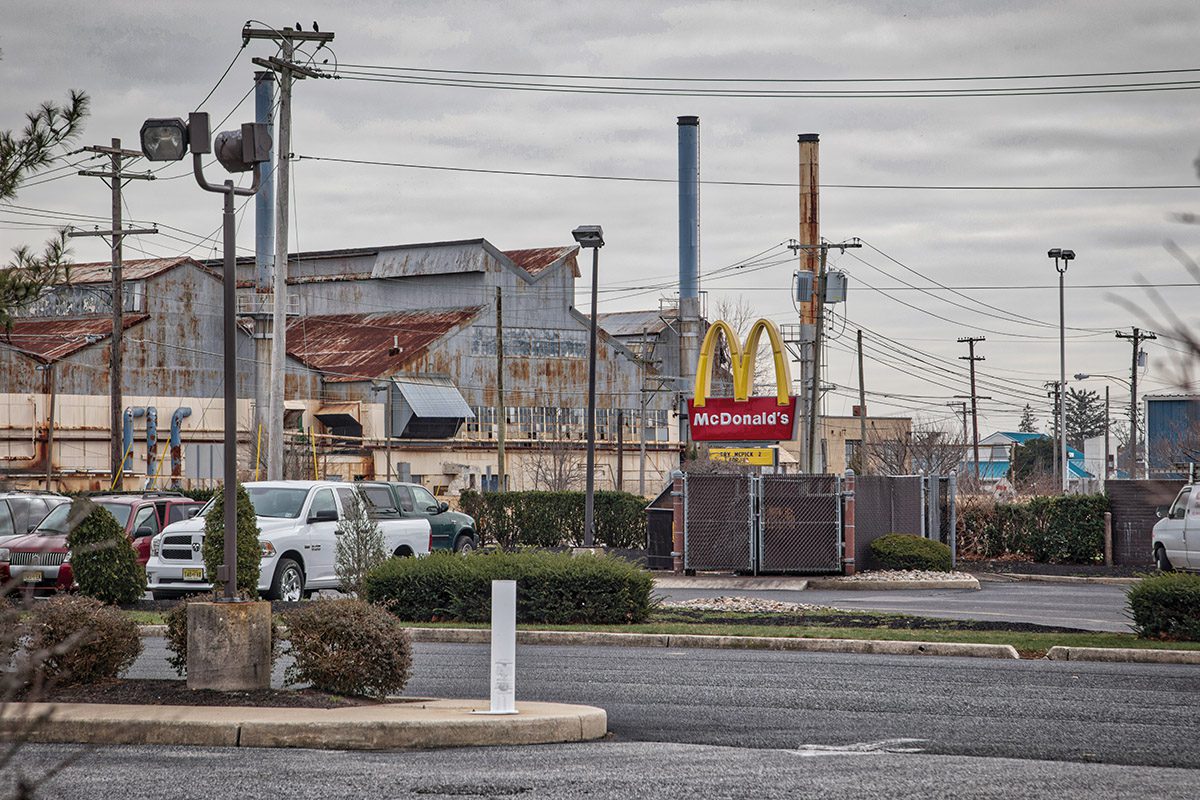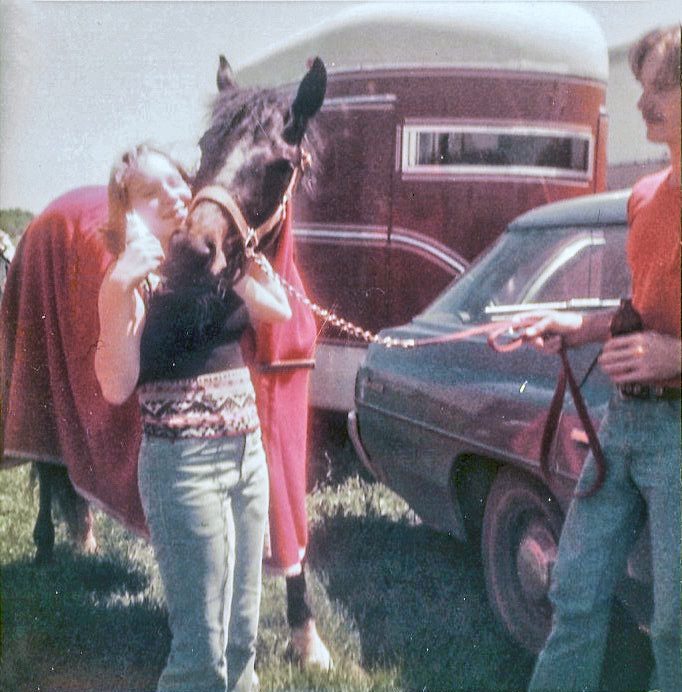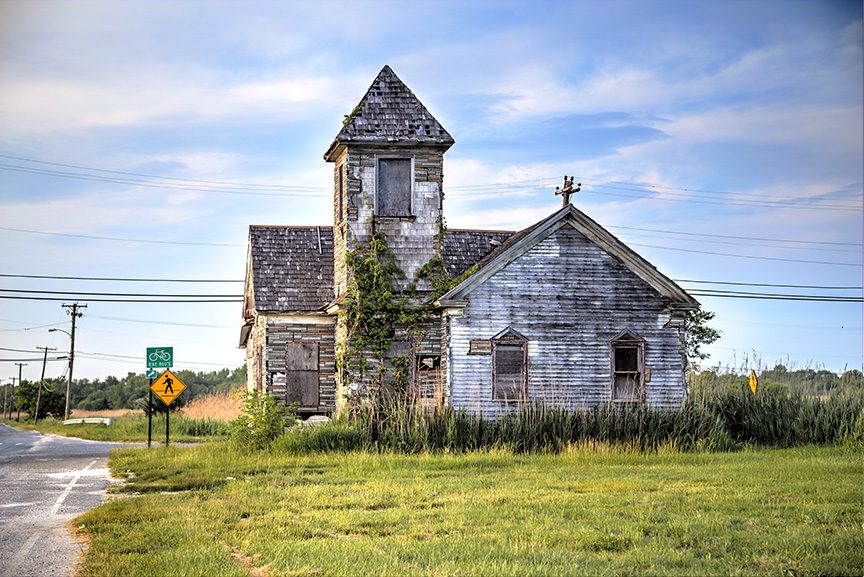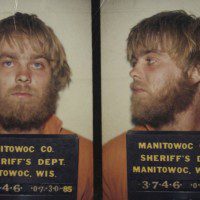When I was thirteen, my mother and I moved from the Central New Jersey shore to Millville, a city in rural South Jersey. I had grown up only 115 miles north in the same state, but for the disconnection I first felt, we might as well have moved to another planet. I tried my best to fit in, but everything from my clothes to my “New York accent” betrayed me. Eventually, I made friends. But I never lost that outsider feeling, and sometimes found myself studying my classmates as an anthropologist might: with curiosity, and sometimes a sense of detachment.
Most of my classmates’ families went back generations in that community. There were “good” families and “bad” families, and even I, an outsider, was quickly apprised of which was which. Take the Brown family (not their real name). “There never was a good Brown,” my mother’s boyfriend—who’d grown up in that town and was the reason we’d moved there—said once when I’d befriended a girl with that last name, as if the statement required no further explanation or supporting evidence.
 Perhaps this personal history is part of why I was so engrossed in the ten-part Netflix series Making a Murderer. For those unfamiliar with this documentary series, it focuses on Steven Avery, who was convicted of rape in 1985 and exonerated eighteen years later by DNA evidence. A few years after his release from prison, Avery was convicted, along with his teenage nephew Brendan Dassey, in the disappearance and murder of another woman. The series can be viewed as a scathing indictment of our criminal justice system, or as a lopsided whodunit. I’ve read reactions ranging from petitions to free Avery, to assertions that the documentary portrayed only the defense’s point of view and left out key evidence against Avery, to the viewing of the series as a kind of lowbrow porn for the socially conscious.
Perhaps this personal history is part of why I was so engrossed in the ten-part Netflix series Making a Murderer. For those unfamiliar with this documentary series, it focuses on Steven Avery, who was convicted of rape in 1985 and exonerated eighteen years later by DNA evidence. A few years after his release from prison, Avery was convicted, along with his teenage nephew Brendan Dassey, in the disappearance and murder of another woman. The series can be viewed as a scathing indictment of our criminal justice system, or as a lopsided whodunit. I’ve read reactions ranging from petitions to free Avery, to assertions that the documentary portrayed only the defense’s point of view and left out key evidence against Avery, to the viewing of the series as a kind of lowbrow porn for the socially conscious.
But what struck me beyond any of that was the Avery family’s position in their home of Manitowoc County, Wisconsin: the way the Averys are viewed by law enforcement, by fellow residents. An email from investigator Michael O’Kelly to attorney Len Kachinsky in the course of their defense—yes, defense!—of Avery’s nephew Brendan Dassey says it all:
I am learning the Avery family history and about each member of the Avery family. These are criminals… I can find no good in any member. These people are pure evil. A friend of mine suggested, “This is a one-branch family tree. Cut this tree down. We need to end the gene pool here.”
In other words: there never was a good Avery. And the implications of that community-wide sentiment, for Avery and for his nephew, have been staggering.
By the end of the first episode of Making a Murderer, I felt I knew Steven Avery—not from the portrait painted by the series, but because I’ve known guys like him. In my novel The Fifty-First State, published in 2013, I created a fictional character, Cal Stutts, who is coincidentally so much like Steven Avery they even share the same history of animal abuse and petty theft. Sometime during the second episode of the Netflix series, I turned to my partner and said (of Avery), “Wow, he’s Cal Stutts.”
But that’s not the whole truth. The guy Avery reminded me of—even more than my fictional character—was a man I’d met in my late teens who had served as something of an inspiration for Cal. A man I’ll call Gus Rawlins.
 In 1981, during the summer between my freshman and sophomore years of college, I worked at my mom’s boyfriend’s horse stable. I hadn’t been able to get the kind of mall job I’d hoped for, one with a discount on clothing, books, or records, but I didn’t entirely mind. I loved the horses, and though the work was not glamorous—my job was mucking out stalls, bathing the horses, feeding and watering them—the physical work made the day move quickly, and I effortlessly shed the fifteen pounds I’d put on during my freshman year of college.
In 1981, during the summer between my freshman and sophomore years of college, I worked at my mom’s boyfriend’s horse stable. I hadn’t been able to get the kind of mall job I’d hoped for, one with a discount on clothing, books, or records, but I didn’t entirely mind. I loved the horses, and though the work was not glamorous—my job was mucking out stalls, bathing the horses, feeding and watering them—the physical work made the day move quickly, and I effortlessly shed the fifteen pounds I’d put on during my freshman year of college.
The other stable hand was Gus Rawlins. Gus was in his twenties and looked something like a young Tom Petty. I was warned before I started my summer job, by both my mom and her boyfriend, not to get too friendly with Gus. “He’s bad news,” they both said. “His whole family is,” my mother’s boyfriend added.
But it’s impossible to work with someone every day, five or six days a week, for three months, without getting to know him a bit. And I couldn’t help it: I liked Gus. I liked the goofy ways he tried to flirt with me—on several occasions he picked up an entire wheelbarrow full of manure and heaved it into the manure spreader, rather that shoveling it in, to demonstrate his strength. I liked how he made me laugh, mainly by doing an impression of the face one of the horses made, bugging its eyes out at the slightest noise. Because I laughed the first time, he did the impression too often, but I liked that geekiness about him, too.
I knew that Gus had been in and out of jail for petty crimes. At one point when we worked together he was picked up and held on “outstanding warrants” for a few days. And I knew that he had two children by two different mothers; they were both boys, and he proudly showed me their photos. I had no illusions that Gus was someone I wanted to spend time with outside of our days together in the stable, just as I’m sure he had no illusions that he was going to get close to, for all intents and purposes, the boss’s daughter. But as I got to know Gus, I began to see the ways in which the odds were not in his favor, possibly from birth—much like Steven Avery and Brendan Dassey.
After Gus returned to work following his “outstanding warrants” arrest, I asked him what had happened as we scrubbed out water buckets.
He was quiet for a moment. “Don’t ever get in no trouble,” he finally said, swishing water in the bucket. “You get them cops on your radar, they never leave you alone.”
What Gus didn’t know was that I had been in trouble—arrested twice, in fact—during my senior year of high school. Once for shoplifting, and once for partying (the actual charge was “making excessive noise”). Both arrests were expunged from my record when I turned eighteen. I had become somewhat aware of my privilege during those experiences: at a day-long program for juvenile shoplifters, I saw a stringy-haired girl of about twelve, who appeared to be there without her parents, explain that she’d stolen a sandwich from a Wawa because she was hungry. I believed her. She looked like she might still be hungry. Up until that moment I hadn’t felt the kind of shame I knew my mother had wanted me to feel for my shoplifting; most of the teenage girls I knew had done it at one time or another, for kicks. But looking at that girl, realizing how different her reasons for stealing were from mine, I felt deeply ashamed.
 And for all I knew, something as simple as a stolen sandwich had been Gus’s first offense.
And for all I knew, something as simple as a stolen sandwich had been Gus’s first offense.
But perhaps the biggest strike against Gus was his education, or lack thereof. At some point during that summer, I was reading No One Here Gets Out Alive, a biography of Jim Morrison, as I ate my lunch. Gus said he liked The Doors, and I offered to lend him the book when I was done.
“Nah,” he said, waving the book away. “I ain’t much of a reader.”
“You don’t like to read?” I asked with eighteen-year-old naiveté.
“Not too good at it,” he mumbled, his head down.
I ached for Gus then, just as I ached for Brendan Dassey in the Making a Murderer series, when his mother questioned him as to why he confessed to a crime he didn’t commit, telling him, “you better just start putting your head on your shoulders, and start thinking.”
“How can I?” Brendan answered. “I’m really stupid, Mom. I can’t help it.”
The documentary noted that Brendan has an IQ of about 70. I’ve tried to imagine what it might feel like, the kind of confusion Brendan must have had about the questioning he went through, and the ensuing court proceedings. I think of times I’ve been mentally foggy—when I had pneumonia, or was in the thick clouds of grief—and wonder how I’d have responded if I’d been a murder suspect just then, questioned, hammered by police who thought I was guilty. But of course, the analogy is invalid. It’s unlikely that I, a middle-class white woman, would have been interrogated in the way that Brendan was. And even at my foggiest, I’d have known to ask for a lawyer. Brendan had no concept of what his rights were, and by the end of the series, I was convinced that the rights I have are not the same rights that an Avery—or a Rawlins, or a Brown—has.
I returned to South Jersey for a year and a half after college, in the mid-1980s, working as a reporter for a local newspaper. I stumbled onto a story about possible police corruption; my sources were law enforcement officials. But I was never able to get the kind of proof I, and my editors, needed to publish the story, and so, it never ran. It bothers me to this day; I believed, still believe, those sources. I wondered, towards the end of Making a Murderer, if any reporters in Manitowoc County felt the  same way about their sheriff’s department? Did they have suspicions they never could quite stick? Or has the demise of small daily newspapers left a vacuum for this much needed truth to power? Is there no one out there on the local beat any longer, asking these necessary questions?
same way about their sheriff’s department? Did they have suspicions they never could quite stick? Or has the demise of small daily newspapers left a vacuum for this much needed truth to power? Is there no one out there on the local beat any longer, asking these necessary questions?
In my novel, Cal Stutts—the character that reminds me so much of Steven Avery—is shown mercy for his misdeeds, in the form of a supportive letter written to his sentencing judge. The novel ends with him in a better place than he was when the book began. But that’s fiction. I have no idea what happened to Gus Rawlins, though when I asked my mother once, she said, “He’s probably in jail.” And there was no happy ending for Avery, or for his nephew Brendan Dassey. They now sit in prison—in Avery’s case, for life. And the thought that they may have been convicted, at least in part, for being Averys in a town that mistrusted, feared, perhaps even scapegoated Averys haunts me days after viewing the last frame of the series. I know it will continue to haunt me for longer still.
***
Image credits: Featured image, image #2 © Jeffrey Page, image #3 provided by author, image #4 © Jeffrey Page, image #5.





One response
Really enjoyed this piece. Well written and I’ve thought about it all morning. Much too often the playing field is not level. We need to remember that and offer more grace.
Click here to subscribe today and leave your comment.